Entry Type: Thing - Starting with B
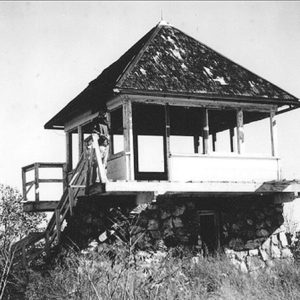 Bee Mountain Lookout
Bee Mountain Lookout
Beebe Colored School
Beebe Jail
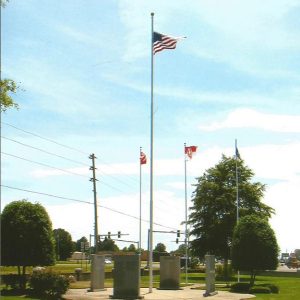 Beebe Memorial
Beebe Memorial
Beef Industry
aka: Cattle Industry
Beekeeping
 Bee Hives
Bee Hives
Beely-Johnson Post 139 American Legion Hut
 Beer Cases
Beer Cases
 Beetles
Beetles
 Bell
Bell
 Bell Isle
Bell Isle
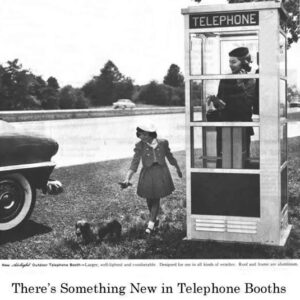 Bell Telephone System Ad
Bell Telephone System Ad
Bella Vista Historical Museum
Bella Vista Water Tank
 Bella Vista Water Tank
Bella Vista Water Tank
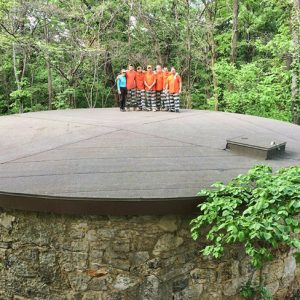 Bella Vista Water Tank
Bella Vista Water Tank
 Bella Vista Water Tank
Bella Vista Water Tank
 Bellaire Court
Bellaire Court
Belle Zane [Steamboat]
 Belle Zane Steamboat
Belle Zane Steamboat
Bellingrath House
Belmont Missionary Baptist Church and Cemetery
Ben Laney Bridge
Benjamin Clayton Black House
Bennett House
 Benstonite
Benstonite
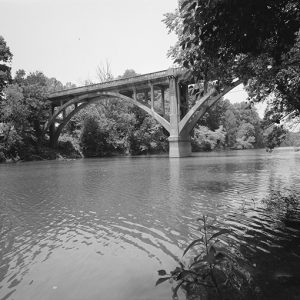 Benton Bridge
Benton Bridge
 Benton County Cave Crayfish
Benton County Cave Crayfish
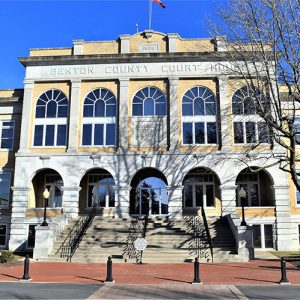 Benton County Courthouse
Benton County Courthouse
Benton County Courthouse
 Benton County Map
Benton County Map
Benton County Poor Farm Cemetery
Benton Utilities
Bentonville Confederate Monument
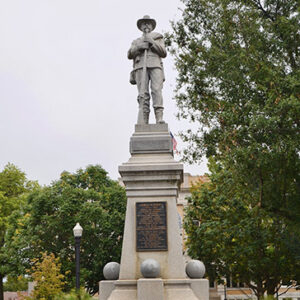 Bentonville Confederate Monument
Bentonville Confederate Monument
Berryville Agricultural Building
Berryville Gymnasium
Berryville Post Office
 Berryville Post Office Art
Berryville Post Office Art
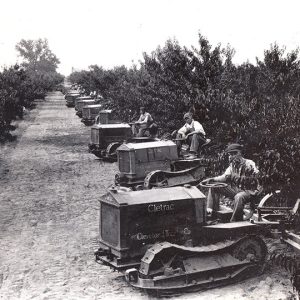 Bert Johnson Orchards
Bert Johnson Orchards
 Beside Still Waters
Beside Still Waters
 Best Motor Court Postcard
Best Motor Court Postcard
 Louis L. Betts Painting
Louis L. Betts Painting
Between Heaven and Hell
aka: Between Heaven and Hell [Movie]
aka: The Day the Century Ended [Book]
 Bible Church Bulletin
Bible Church Bulletin
Big Arkie
 Big Arkie
Big Arkie
 Big Bear of Arkansas Illustration
Big Bear of Arkansas Illustration




